Dr Emer Forde explains why Ford Park Cemetery has become a special place for her family.
An Unknown Grandfather
In Remembrance of Petty Officer Maurice Reid
1865-1914
My Dad was born in Ireland in 1940 and beyond that he knew very little about his birth or early life. Dad always described his birth certificate as a work of fiction and my family tried tirelessly, over decades, to find out more about his biological past. Our responses to requests for information were met by: “all the files were lost in a fire”; “we do not have the resources to help you”; “the library is full of dry rot so we cannot access the books”; “try another institution, try a different church organisation, a different health service or government department”.
My Dad’s biological past, lost in fires, dry rot, blind alleys and brick wall responses.
The Chief Executive of an institution that could have helped us told Dad he was “looking for a needle in a haystack”. “I hope we find that needle”, was my Dad’s parting shot to him. The Chief Executive looked doubtful.
But hope was all we had … until Monday 16 May 2022. This pivotal day in our lives was the day we found Maurice Reid.
Earlier in 2022, we had decided that the story of Dad’s roots was not going to be found by searching paper archives and we had exhausted all the institutions that might have helped us. Our final hope was that we could find the truth of Dad’s biological past through clues that had been at our fingertips all along. Quite literally – sitting in the unique blueprint of our genes. We submitted our DNA to a worldwide database that would compare the pattern of our chromosomes to millions of other people who had also submitted their DNA. Hoping others linked to our biological past would have done the same.
On 16 May 2022 our results came in. I shared 50% of my genes with Dad so we knew the test worked. Dad had eighteen DNA matches close enough to be first or second cousins. My Dad, brother, sister and I started googling like crazy, high on adrenaline with our new information, and daring to believe that finally we might have the upper hand on years of silence and concealment.
We searched the family trees of our nearest DNA matches and the first person we found information about was a Maurice Reid who had been a Petty Officer in the Royal Navy. We quickly found his naval record. We found that he was buried in a Commonwealth war grave in Ford Park Cemetery, Plymouth. We could see that Maurice Reid must have been my Dad’s grandfather. Against all the odds, my Dad did find that metaphorical needle and all the secrets of his past started to fall away like a stack of dominos. Dad was 82 years old.
We discovered that Dad’s grandfather was born in a small fishing village near Cork harbour in Ireland and had joined the navy when he was only 15 years old. A freckly lad, just over 5ft, with dark hazel eyes and black hair. The scar under the right side of his chin his only identifiable feature. Maurice Reid’s service record gave us a detailed account of the ships he served on first as an Able Seaman, then as Petty Officer and later as Gun Captain responsible for training other men in firearms and swords. His career took him to far flung, exotic places around the China seas from 1885-1910.
He retired in 1910 but, as a reservist, was recalled back into active service when WW1 broke out. He had been on board HMS Illustrious less than a fortnight when, according to the ship’s logbook ‘PO Reid taken suddenly ill and afterwards confused’ at 5.45am on the 23 August 1914. By 11am he had died and was taken to the mortuary. A coroner's report determined cause of death 'haemorrhage by extensive tuberculosis'. Not surprising, as tuberculosis was endemic in Ireland in the early part of the 20th century, killing over 10,000 people/year, many of them young.
According to Ford Park Cemetery's burial record, Maurice Reid was buried on the 27th August 1914 in a common grave. We are grateful to the Commonwealth War Graves Commission who subsequently purchased the plot in 1923, installed a headstone, and for a hundred years have tended his grave with care.
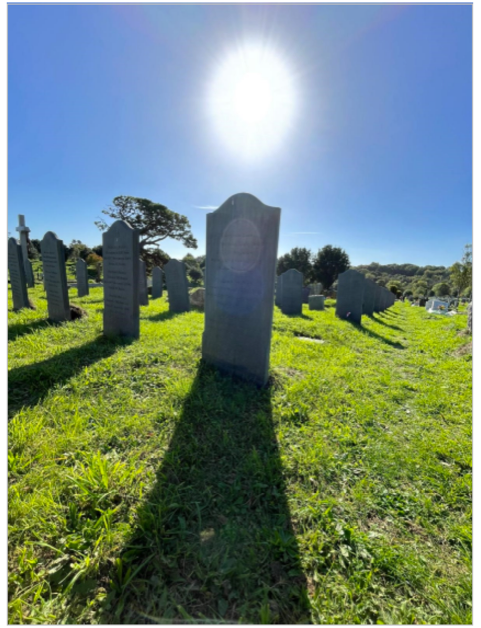
When we visited for the first time we could see that Maurice Reid, aged 44 years, is buried alongside hundreds of other WW1 personnel and he is one of the oldest. He shares a headstone with two others; one a 16 year old who died two months later. His name was Frederick and his military designation ‘BOY’ confirms he was just a child. It was a solemn experience standing there with my sons, only 20 and 21 years old, looking at line after line of symmetrical grey slate stones marking all the young lives lost in war.
Before finding Maurice Reid, we were unaware of any family connection to the Royal Navy and Remembrance Day has a new poignancy for us now. Our search to uncover Dad’s past has led us to many surprises and wonderful people. As a family, we will visit his grave on Remembrance Sunday and we will wear our poppies with a newfound pride. We will give thanks for a newfound grandfather, and all those like Maurice Reid, willing to give their tomorrow for our peace today.
 And the word coffee comes from the Arabic word for wine - Qahwah evoked into Kahveh in Turkish and then Koffie in Dutch from which the English name followed
And the word coffee comes from the Arabic word for wine - Qahwah evoked into Kahveh in Turkish and then Koffie in Dutch from which the English name followed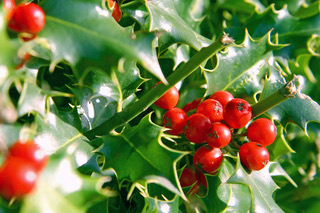
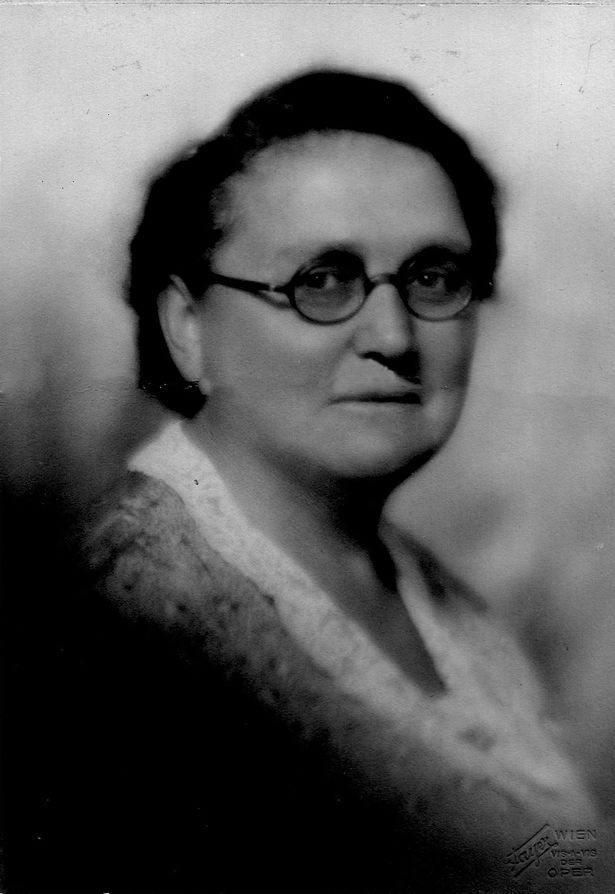 Nowadays we celebrate the success of high profile women like the England Football Lionesses but at Ford Park Cemetery we will be paying tribute to the remarkable women who were trail blazers for very different reasons in Plymouth in the past.
Nowadays we celebrate the success of high profile women like the England Football Lionesses but at Ford Park Cemetery we will be paying tribute to the remarkable women who were trail blazers for very different reasons in Plymouth in the past.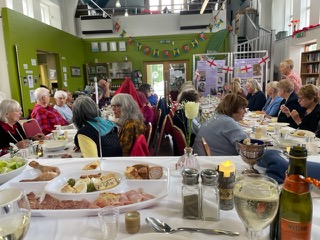 Ford Park Cemetery Heritage Chapel hosted a sell out event this month when a three course Medieval lunch and glass of Mead was enjoyed.
Ford Park Cemetery Heritage Chapel hosted a sell out event this month when a three course Medieval lunch and glass of Mead was enjoyed.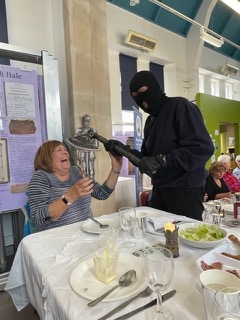
- If you have a family or organisation/group event and you would like a friendly and comfortable venue space please contact the office at Ford Park Cemetery on 01752 665442. We have several different places on site available for hire and can provide refreshments with unlimited parking for guests.


